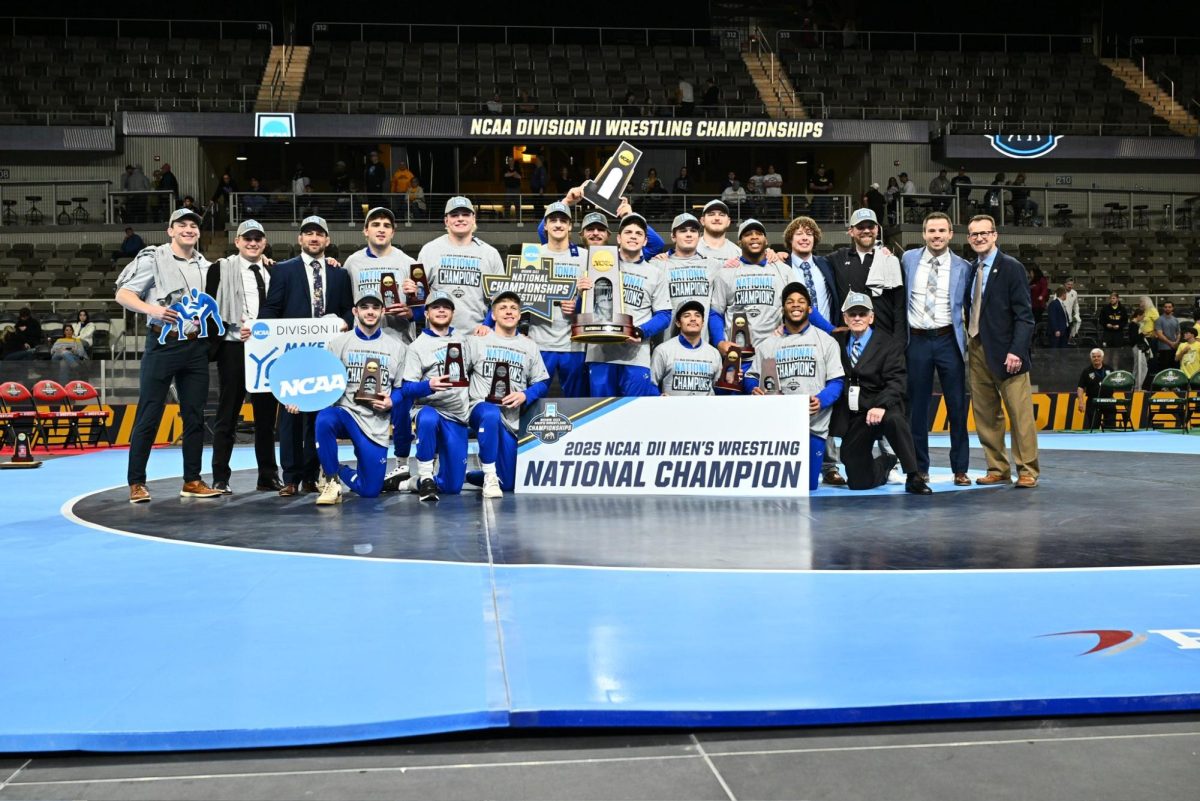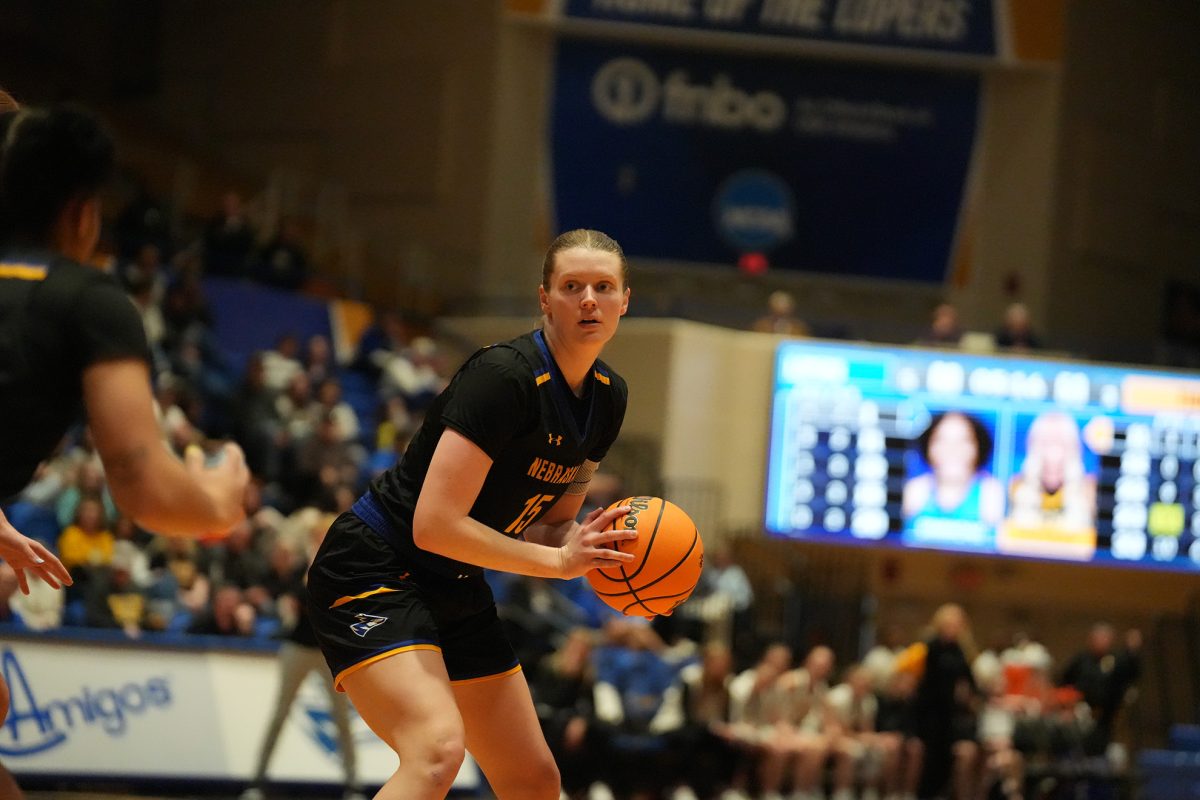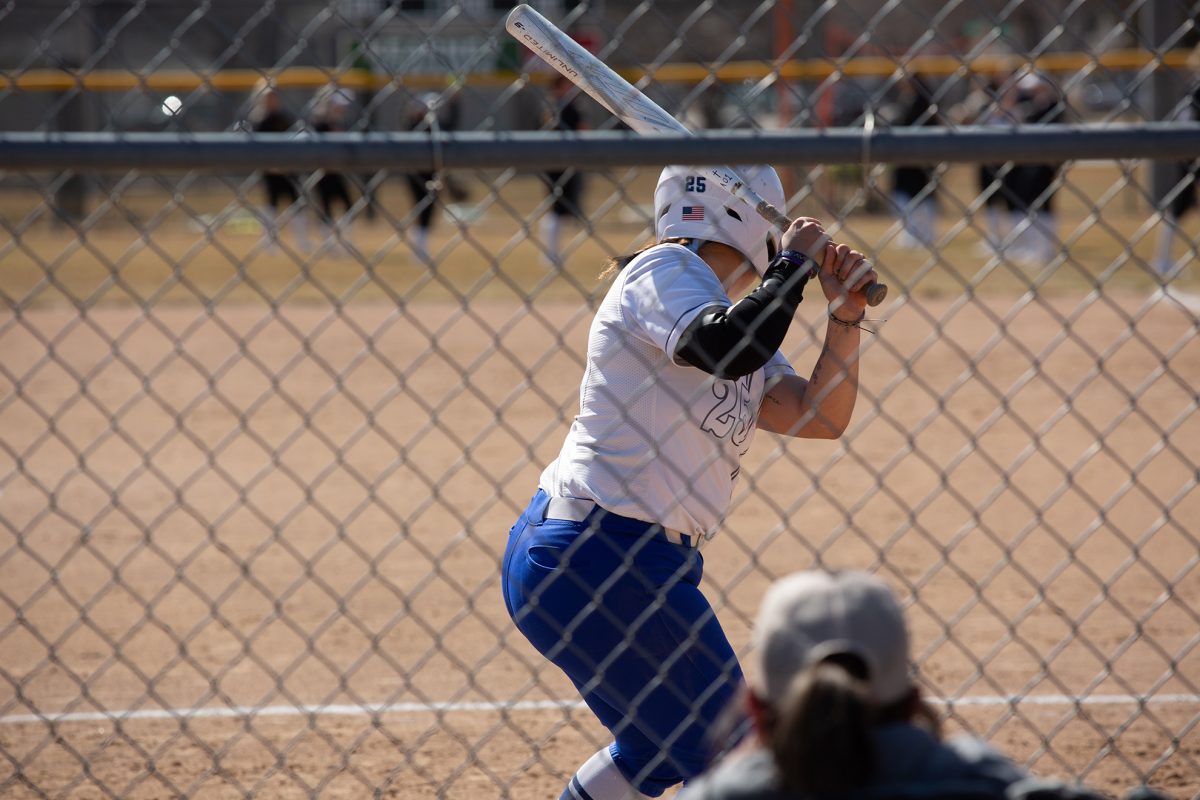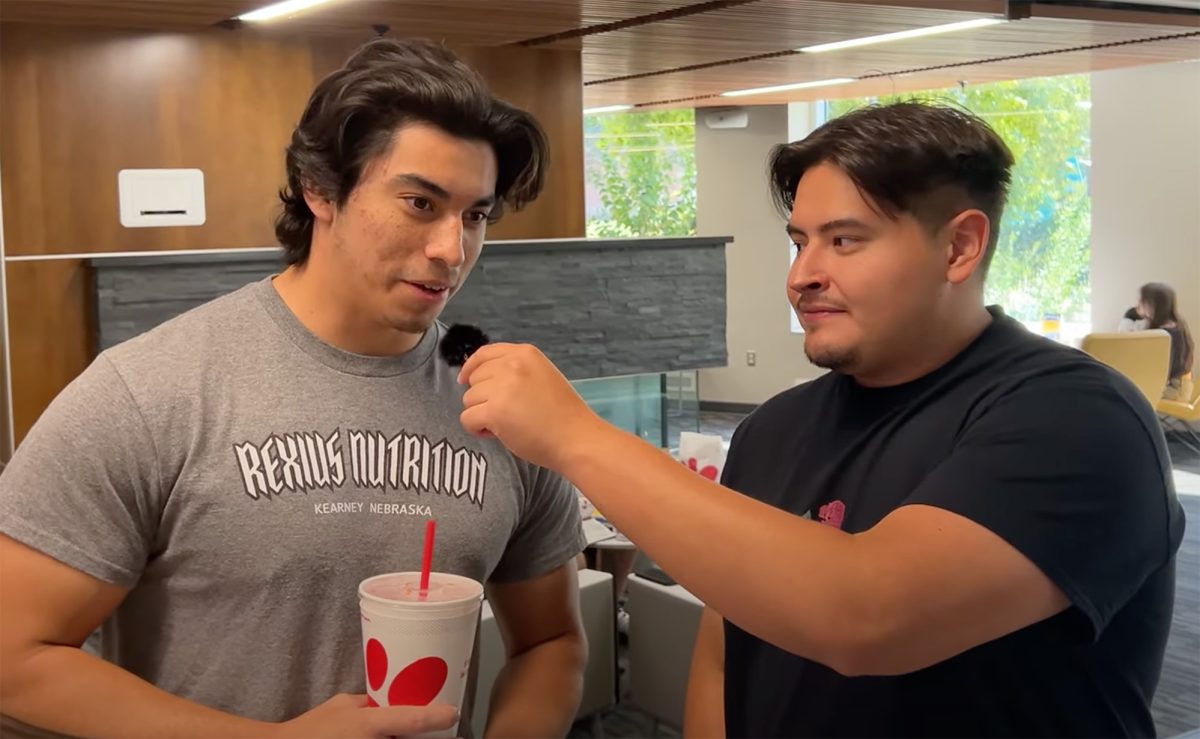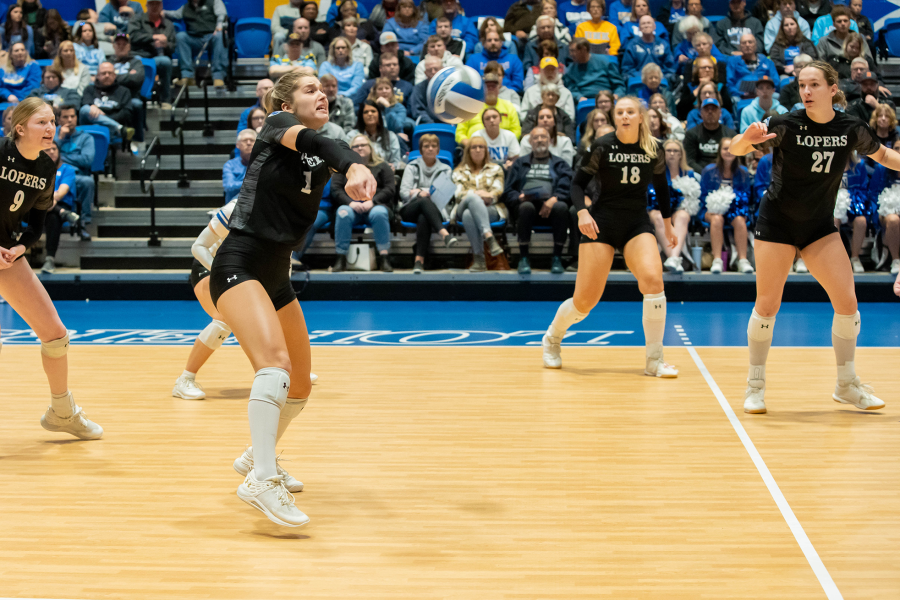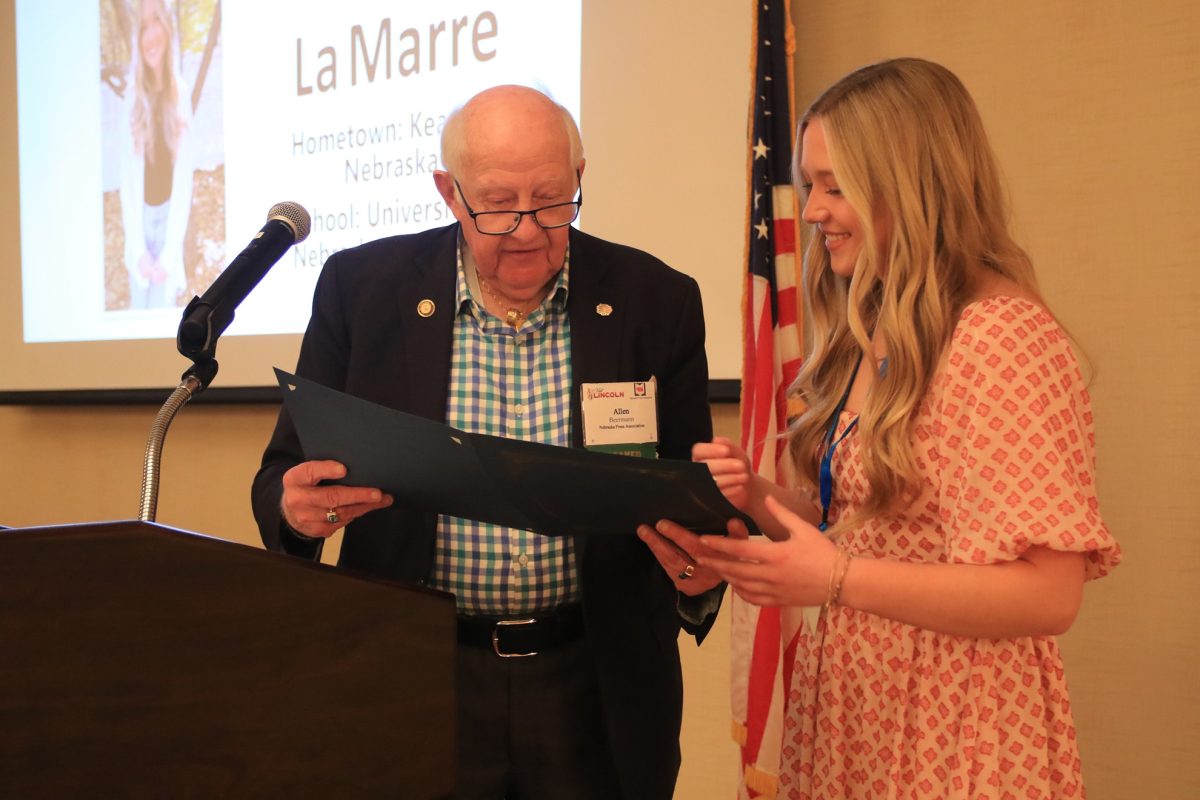In every sport, the Division II playoff system leaves a team out from the Central Region that would be thriving in almost any other region. This puts many MIAA teams in a tough spot to make the playoffs.
The Division II regional playoff system needs to be fixed.
In volleyball, 64 teams from eight regions make the postseason. The conference champions each receive an automatic bid, while the others make it in with at-large bids. This season UNK received the last at-large bid in the Central Region as the No. 7 seed. Harding, the Great American Conference champion, made it in as an automatic qualifier with the No. 8 seed.
A team that finished second in one of the toughest volleyball conferences in the nation got the last possible at-large bid in their region. Doesn’t that seem absurd?
Four MIAA teams were ranked in the top 25 coaches’ poll last week with Central Missouri receiving votes as well. Five teams that should be in the national postseason play in the MIAA, but only three made it into the 64-team tournament.
The Northern Sun Intercollegiate Conference, which is also in the Central Region, had five teams in the top 10 last week.
Every team in the top 25 made the national tournament except for two. No. 7 Southwest Minnesota State and No. 21 Central Oklahoma were left out of the tournament due to being in the Central Region.
The South Central Region is the next-highest with five top-25 teams. The Atlantic Region and East Region don’t have any teams in the top 25, yet they get eight in the tournament just like anybody else.
Division I doesn’t do it this way. Last year, eight Big Ten teams made the national tournament in volleyball. At least two of those teams would be out if they used the same system as Division II.
Division II can keep the regions, but only for the top six teams. This leaves 16 regionless bids for the rest of the nation to settle so teams that are in the top 25 don’t get left out.
Teams should then play the first three matches by proximity. There are some regions where the geography doesn’t make sense.
The Elite Eight in volleyball usually has four or five teams that are way better than the other three or four. This system would provide competitive matches when all the regions come together.
Switching over to football, 28 teams from four regions make up the playoffs. Just like volleyball, conference champions get an automatic bid.
Six teams from last week’s top 25 coaches’ poll did not make the postseason. This isn’t as atrocious with only 27 making it in, but the seeding is unfair and UNK’s Super Region Three is stacked.
Eleven Super Region Three teams were ranked in the top 25 last week. Northwest Missouri State was ranked No. 10 in the nation, but they were also No. 10 in the region. Five of the seven teams were ranked in the top 10 with No. 17 Harding being left out.
The other three regions each have four ranked teams in the playoffs. This includes No. 19 Indiana (PA) as the No. 1 seed in Super Region One.
The system is designed in a way that hinders UNK’s ability to make the postseason. It’s no wonder a three-loss MIAA football team wasn’t even in the playoff conversation.
Football needs a similar system to what we’ve proposed for volleyball. Expand to 32 teams with six from each region and eight regionless wildcards.
An 8-3 UNK football team deserved to be in the playoff conversation this weekend. The NCAA’s format doesn’t even give the Lopers a chance.
The midwest is better than any other region in the country in Division II athletics. The NCAA needs to recognize this and align the playoffs to fit this reality. This would create better competition and make it fair nationwide.






